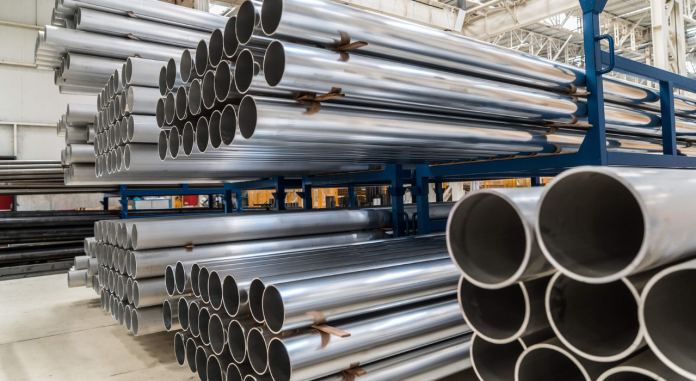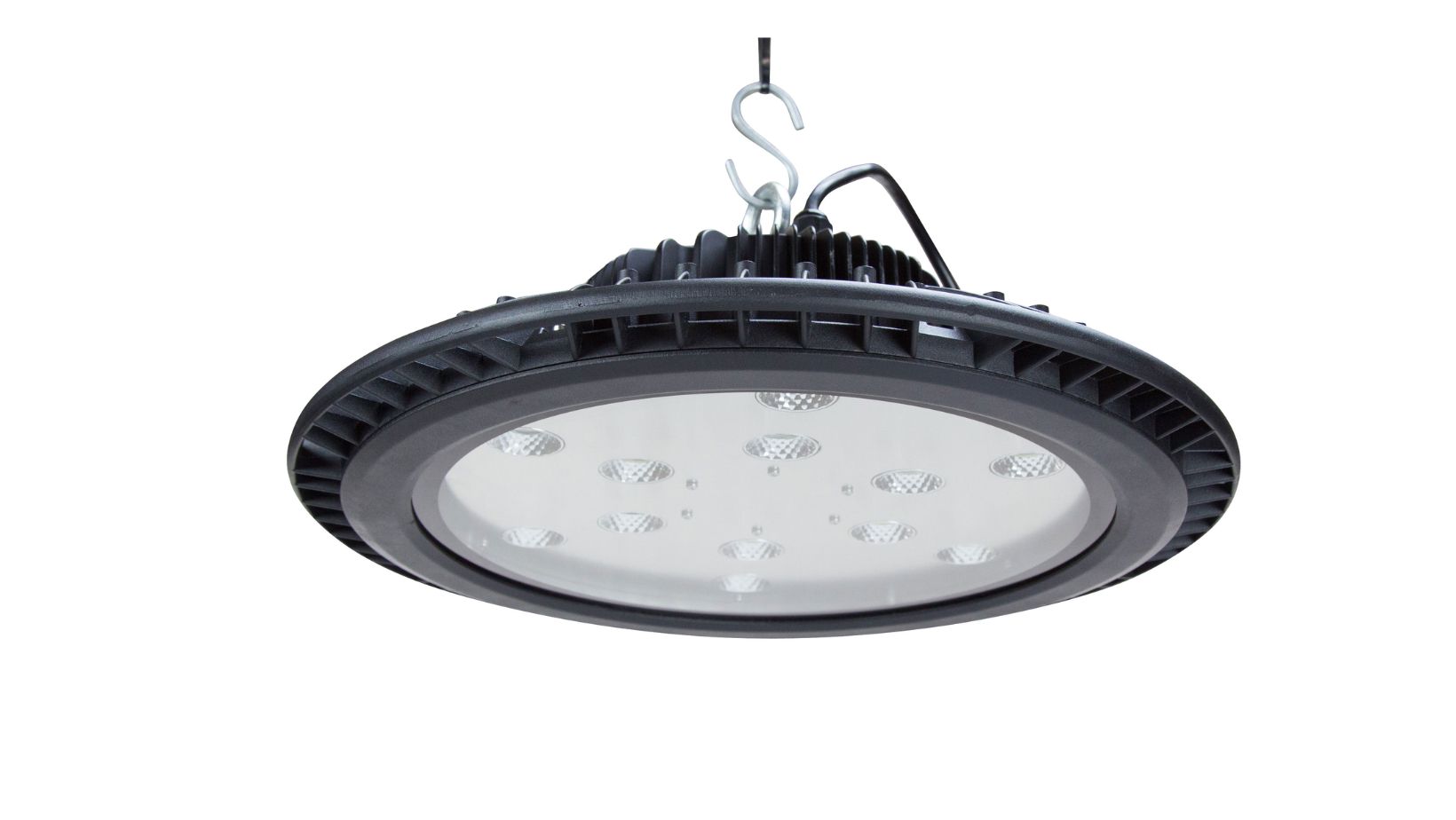Schedule 80 pipes are used in applications that need great weight and quality because of their reputation for robustness. They are especially favored in mechanical settings due to their thick walls, which offer enhanced strength and resistance to wear and tear. These channels are made from different materials, counting PVC, CPVC, and metal combinations, each giving unique benefits depending on the application. Understanding how Plan 80 pipe measurements change is significant for selecting the proper pipe for your particular needs.
The material used in manufacturing schedule 80 pipe dimensions essentially impacts their measurements and performance characteristics. For occasion, PVC and CPVC pipes are commonly utilized for their erosion resistance and lightweight properties. In differentiation, metal combinations like steel give more prominent quality and toughness, making them appropriate for high-pressure applications. Each material comes with its claim set of measurements and details that cater to diverse prerequisites.
Nominal Pipe Size (NPS)
NPS may be a way to categorize the pipe size, and it refers to the diameter of the pipe. However, the actual dimensions can change. For this case, a pipe with an NPS of 1 inch does not essentially have an outer diameter of precisely 1 inch. The NPS could be a helpful reference that simplifies the choice to prepare for channels of diverse breadths.
Wall Thickness and Its Significance
Thicker dividers give more prominent quality and weight resistance. For this case, a 1-inch NPS Schedule 80 pipe has a divider thickness of 0.179 inches, while a Plan 40 pipe of the same NPS incorporates a divider thickness of 0.133 inches. This distinction in thickness allows Schedule 80 pipes to handle higher weights and more requesting applications.
Size Variations and Their Applications
Schedule 80 pipes come in a wide run of sizes, regularly extending from 1/8 inch to 36 inches in distance across. These measure varieties are essential for catering to distinctive applications. Little distances across, extending from 1/8 inch to 2 inches, are regularly utilized in residential plumbing, irrigation systems, and small-scale mechanical applications where tall weight and toughness are required. Medium distances across, crossing 2 inches to 12 inches, are common in commercial and mechanical plumbing, HVAC systems, and water treatment offices. These sizes adjust between sensibility and capacity, giving adequate stream rates for different applications.
Custom Lengths and Standard Lengths
Whereas Plan 80 channels are commonly accessible in standard lengths, such as 21 feet (6.4 meters), custom lengths can also be manufactured to meet particular extended necessities. Standard lengths are helpful for most applications, giving a balance between ease of dealing with and establishment proficiency. In any case, custom lengths are useful for ventures with interesting requests, decreasing the requirement for extra joints and fittings, which can make strides in the system’s general keenness and diminish the chance of leaks.
Testing and Compliance
To ensure ideal performance, Schedule 80 pipes experience thorough testing to comply with industry standards. These standards, set by organizations such as ASTM and ISO, guarantee that the pipes can withstand the weights and conditions they will be subjected to in real-world applications. Testing incorporates checking the pipe’s capacity to handle inside weights, resistance to erosion, and durability over time. Compliance with these measures ensures that the channels will perform dependably and securely.
Conclusion
Schedule 80 pipe measurements change based on several variables, counting material, nominal pipe estimate, divider thickness, and intended application. Understanding these variations is essential for selecting the right pipe for your particular needs. Whether used in residential plumbing, mechanical settings, or large-scale infrastructure ventures, Schedule 80 pipes offer the durability and quality required for high-pressure and requesting applications. By following industry standards and experiencing thorough testing, these pipes guarantee ideal execution and long-term reliability.













